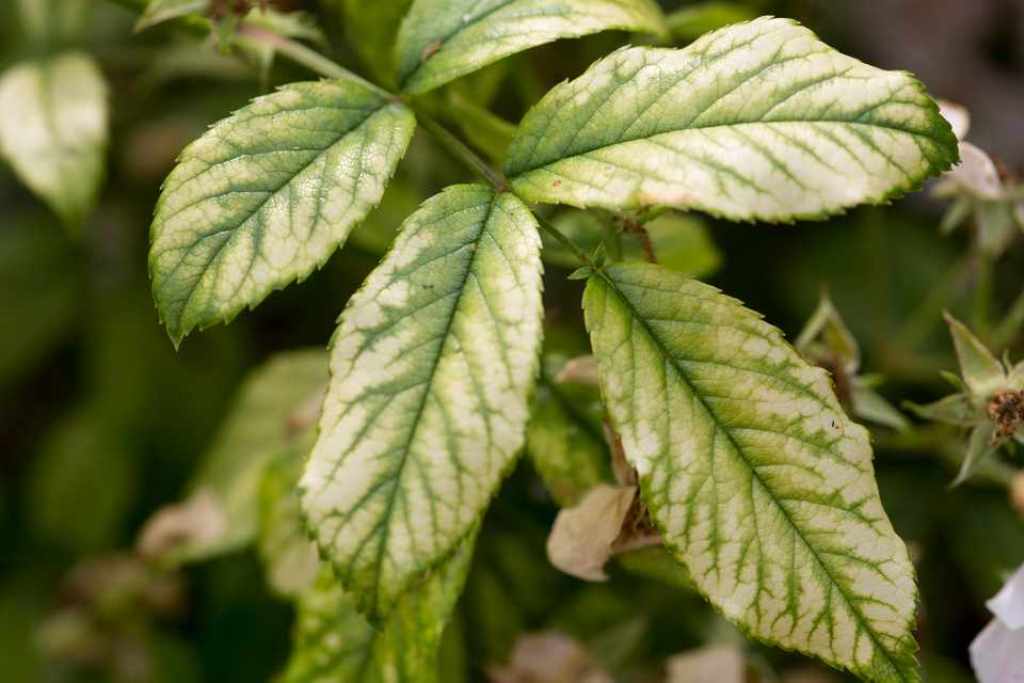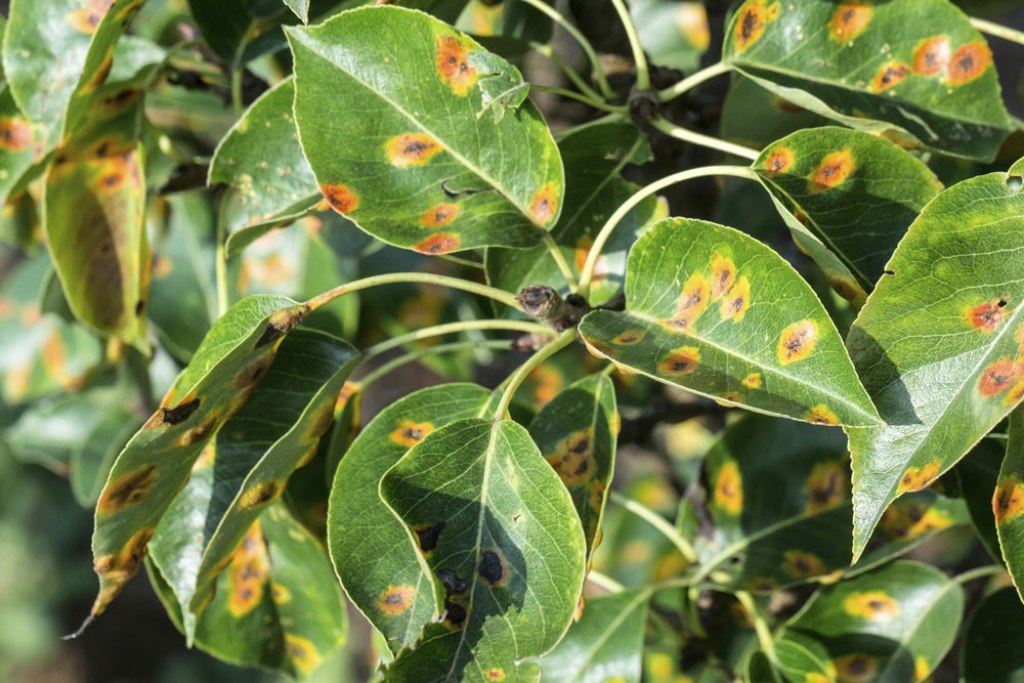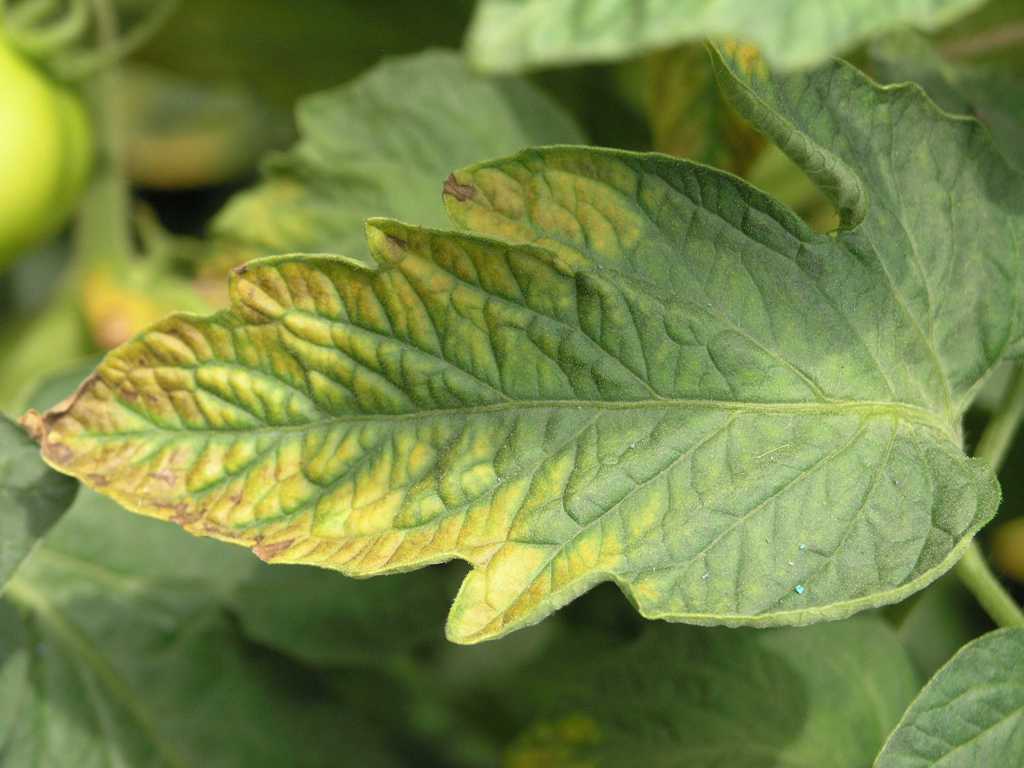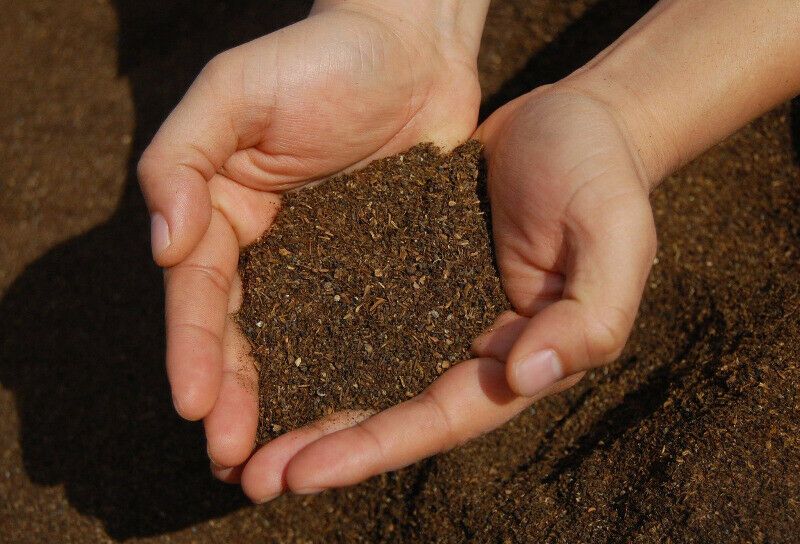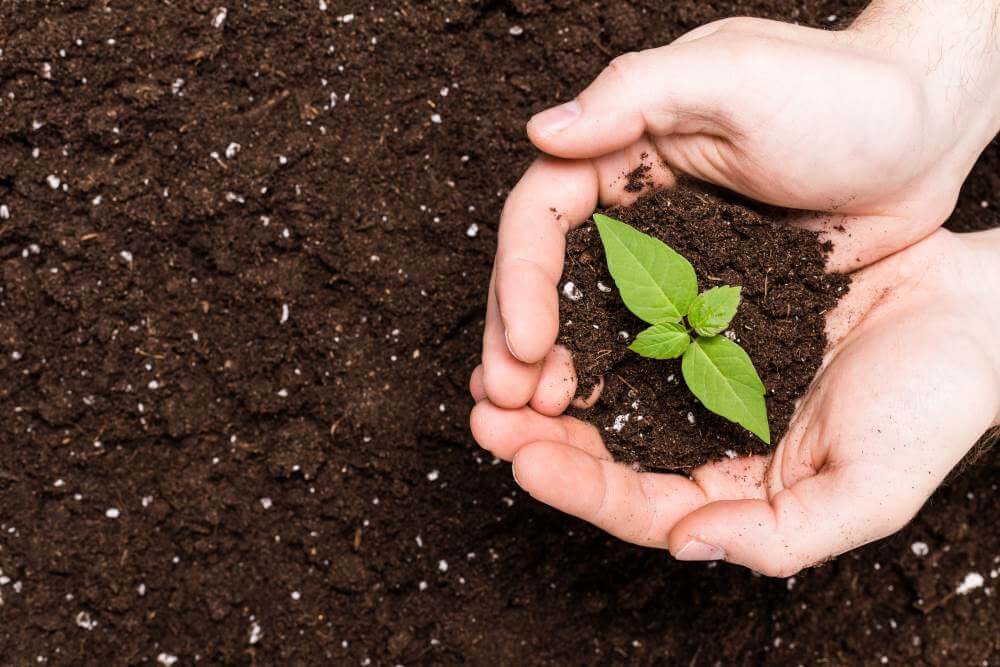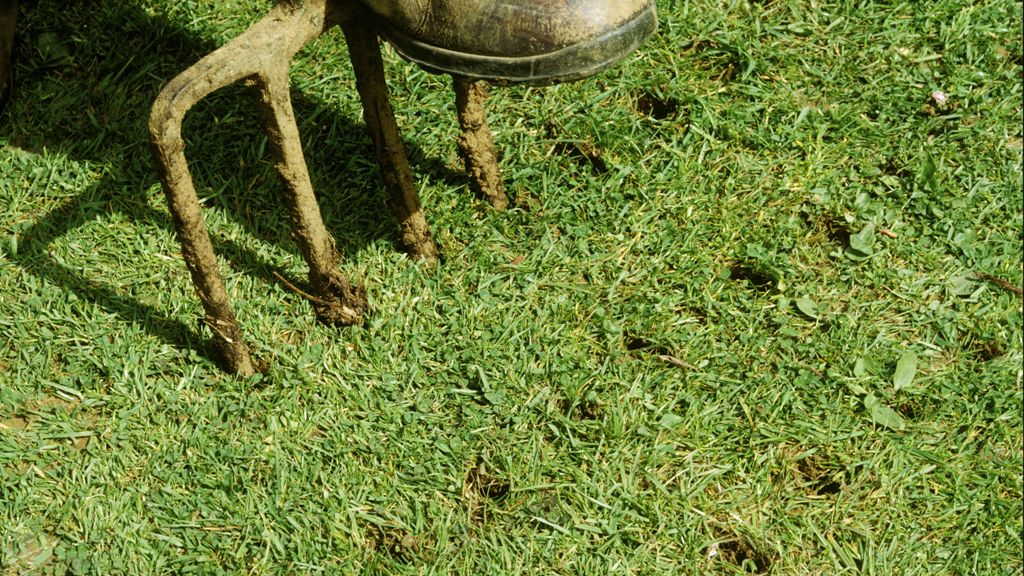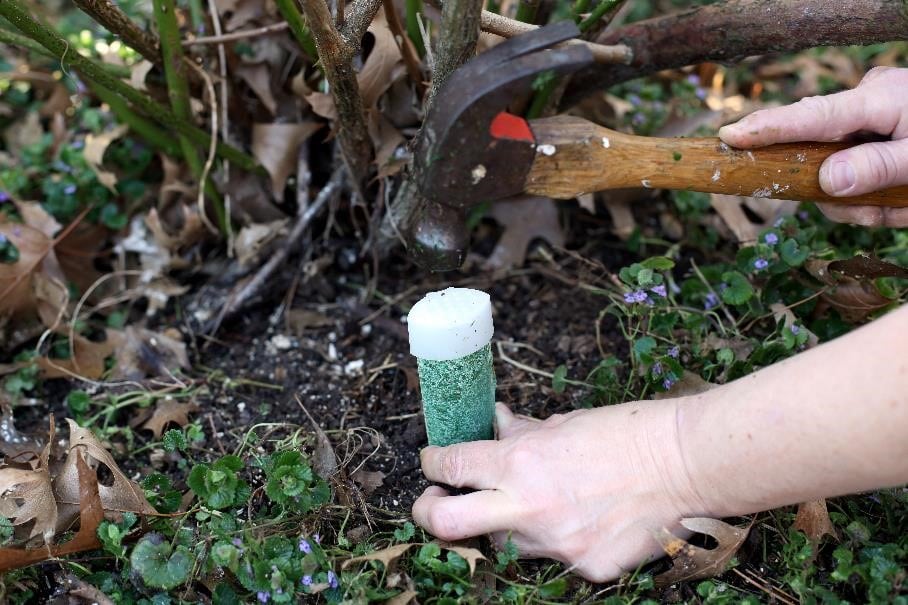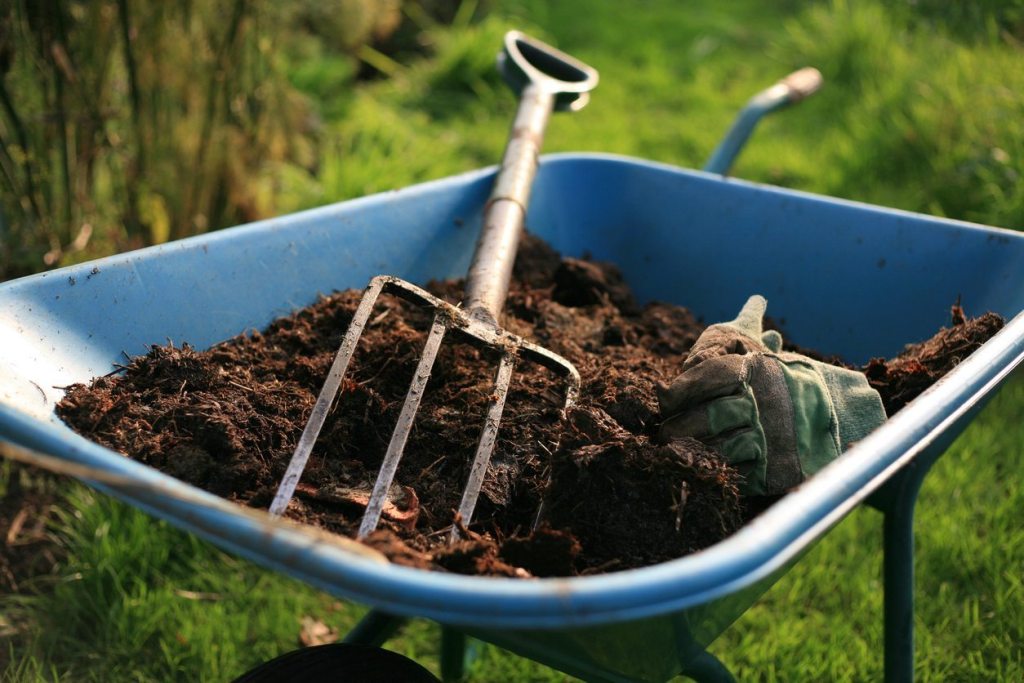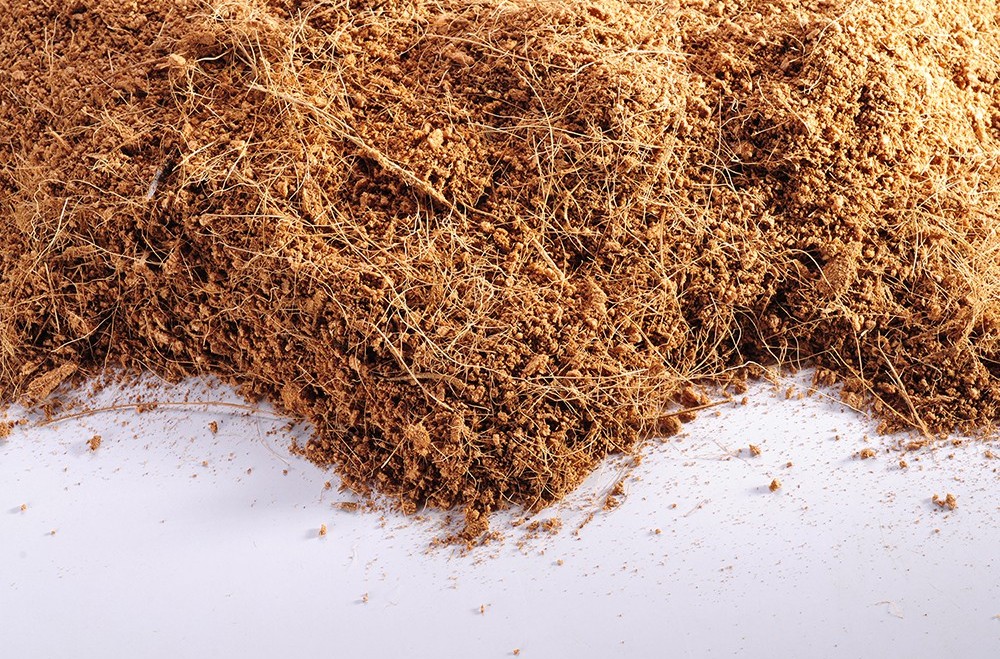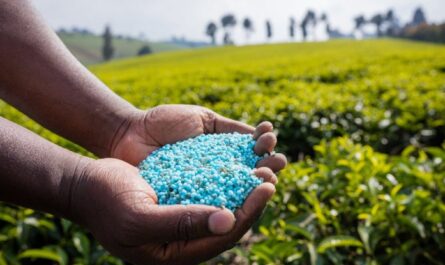Soil nutrients are divided into three main categories: macro, meso, and trace elements, depending on the amount needed by the plants. Magnesium (Mg), besides calcium (Ca) and sulfur (S), is an essential nutrient in meso.
Magnesium is a highly mobile element that is important for plant growth and development. Its presence in the soil depends on several factors: rock material, degree of meteorology, local climate, and specific farming systems and practices such as crop type, the intensity of cultivation and crop rotation, and methods of application. As a result, the amount of magnesium can vary considerably depending on the type of soil. Low Mg content can be expected in tropical and sandy soils, while soils near marshes, peat bogs, saline soils, and generally soils with high clay content tend to have higher magnesium content.
How do Plants Use Magnesium?
Magnesium is an essential element during the entire growth period of a plant. Magnesium has several functions inside the plant; it is the central component of chlorophyll, which helps absorb sunlight during photosynthesis. Magnesium acts as a carrier of phosphorus in plants and is essential for the metabolism of phosphates.
It is also essential for cell division and protein formation, activation of various enzyme systems, and is a necessary part of plant respiration. In short, without magnesium, chlorophyll cannot capture solar energy for photosynthesis, and the plant cannot perform essential metabolic functions related to carbohydrates and cell membrane stabilization.
Causes of Magnesium Deficiency in Plants
There are many possible causes of magnesium deficiency in plants. Many of them can cause a problem, even if there is a lot of magnesium in the soil.
Incorrect soil pH
Each nutrient, including magnesium, has an ideal pH range of the soil where the nutrient is available for plants to be absorbed via the roots. In general, a good guideline is a soil pH of 5.5 to 6.5 (slightly acidic).
If the soil’s pH value is much lower than 5.5, less magnesium will be available for uptake by the plant. In the same way, a very high pH value of the soil will make less magnesium available for your plants.
To determine the soil’s pH value, you should buy a soil analysis set from a garden center or online. Make sure you test your pH value and adjust it to an appropriate level before adding magnesium-deficient supplements and fertilizers! To find out more, see my article on testing your soil.
Nutrient imbalance
Gardening is about balance, and I’m not trying to put all the Zen on you. That’s true. You have to have the right amount of every nutrient in your soil, but you also have to have the proper nutrient ratios.
For example, high potassium levels can interfere with a plant’s ability to absorb magnesium. Potassium competes with magnesium that is absorbed by the roots of the plant. Add fertilizer without excess potassium.
Fertilizers are usually labeled with three numbers, which stand for NPK (Nitrogen, Phosphorus, and Potassium) based on weight. A 10-10-10 mixture contains 10% nitrogen, 10% phosphorus and 10% potassium by weight.
Check the bag you buy and make sure the potassium content is not too high. For more information, see my article on NPK reports in fertilizer packaging.
Too much calcium can also disrupt a plant’s ability to absorb magnesium. Adding bone meal or lime to the soil will increase the calcium content, so be careful not to add too much.
Poor soil
Poor soil conditions can also cause a magnesium deficiency. On the one hand, heavy rainfall can pull magnesium out of the soil, removing it and creating a magnesium deficiency.
Cold soil also reduces the plant’s ability to absorb magnesium via the roots. If you plant too early, when the soil is still frozen, you may encounter this problem. Late frost or a prolonged period of one-sided cold can cause the same problem.
Symptoms of a Magnesium Deficiency
Leaves with a magnesium deficiency are the first signs of a magnesium deficiency – chlorosis. Chlorosis is the yellowing of the leaf structure between the veins, giving the leaves a dotted appearance while the veins remain green. Another sign of chlorosis is that the leaf edges are reddish-brown-purple colored.
Magnesium is mobile in plants, and when chlorophyll is scarce in old leaves, it decomposes and is transferred to the growth of new plants. It is why chlorosis symptoms appear for the first time on mature leaves.
If the deficiency is not corrected, chlorosis will eventually develop in the new growth. A continuous magnesium deficiency leads to leaf necrosis and the fall of the old leaves. Magnesium is also the activator of various enzymes, and a lack will lead to a decrease in enzyme activity, which will also affect plant growth. Magnesium stabilizes ribosomal structures, and degradation of these structures leads to premature aging of the plant.
A Quick Fix
Symptoms of magnesium deficiency can be alleviated by spraying Epsom saline solution on the leaves. Mix a cup of Epsom salt with a liter of water and spray the plant well. Repeat this weekly until the symptoms disappear. Although this corrects the signs, it does not fix the cause, which is a magnesium deficiency in the soil. The symptoms will reappear if no magnesium is added to the soil.
Restoring Magnesium in the Soil
Dolomite lime contains both magnesium and calcium, which is necessary for the absorption of magnesium. Be sure to use dolomite lime instead of garden lime, which does not contain magnesium. Dolomite lime works differently depending on the type of soil. Generally, start at five pounds per 100 square meters and add more if symptoms do not improve.
Exposure to Excess Magnesium
With all this talk about magnesium deficiency, it seems impossible to have too much magnesium in your garden’s soil. However, it can happen. So listen to my advice and check your pH and other nutrients before adding magnesium to the soil!
Don’t forget what we talked about before about nutrient balance. Too much magnesium changes the situation and prevents the plant from absorbing calcium and potassium, resulting in a nutrient deficiency.

